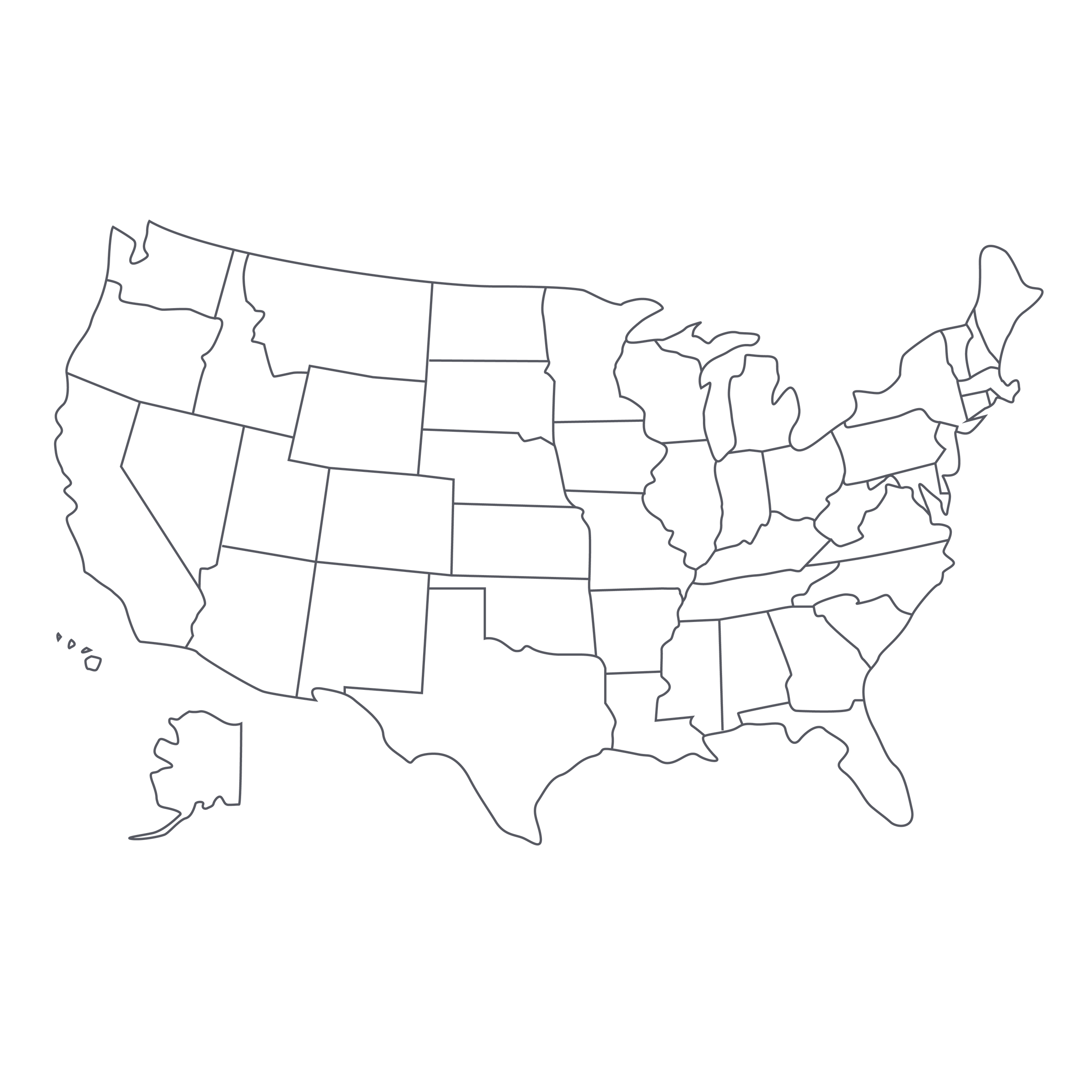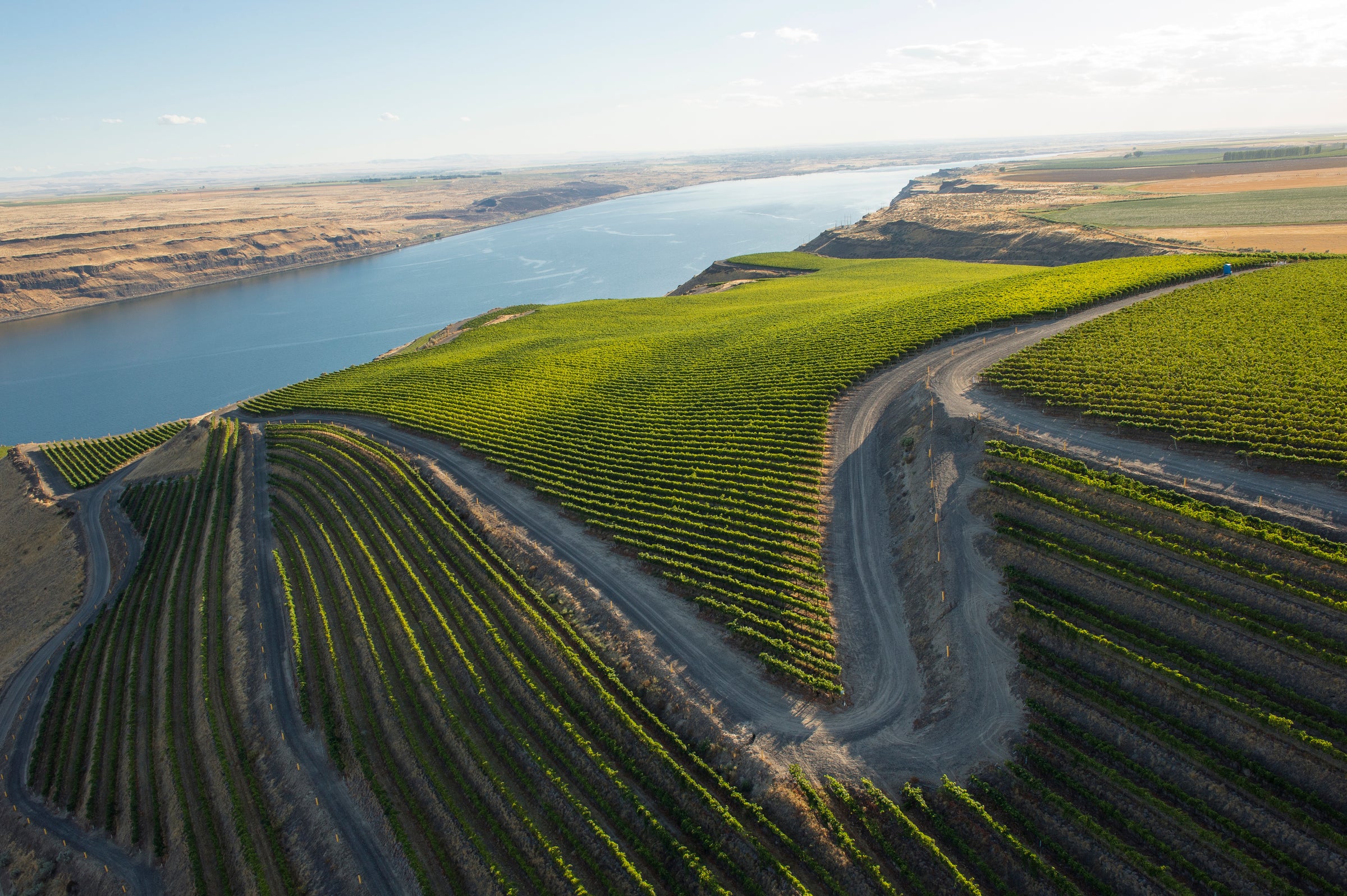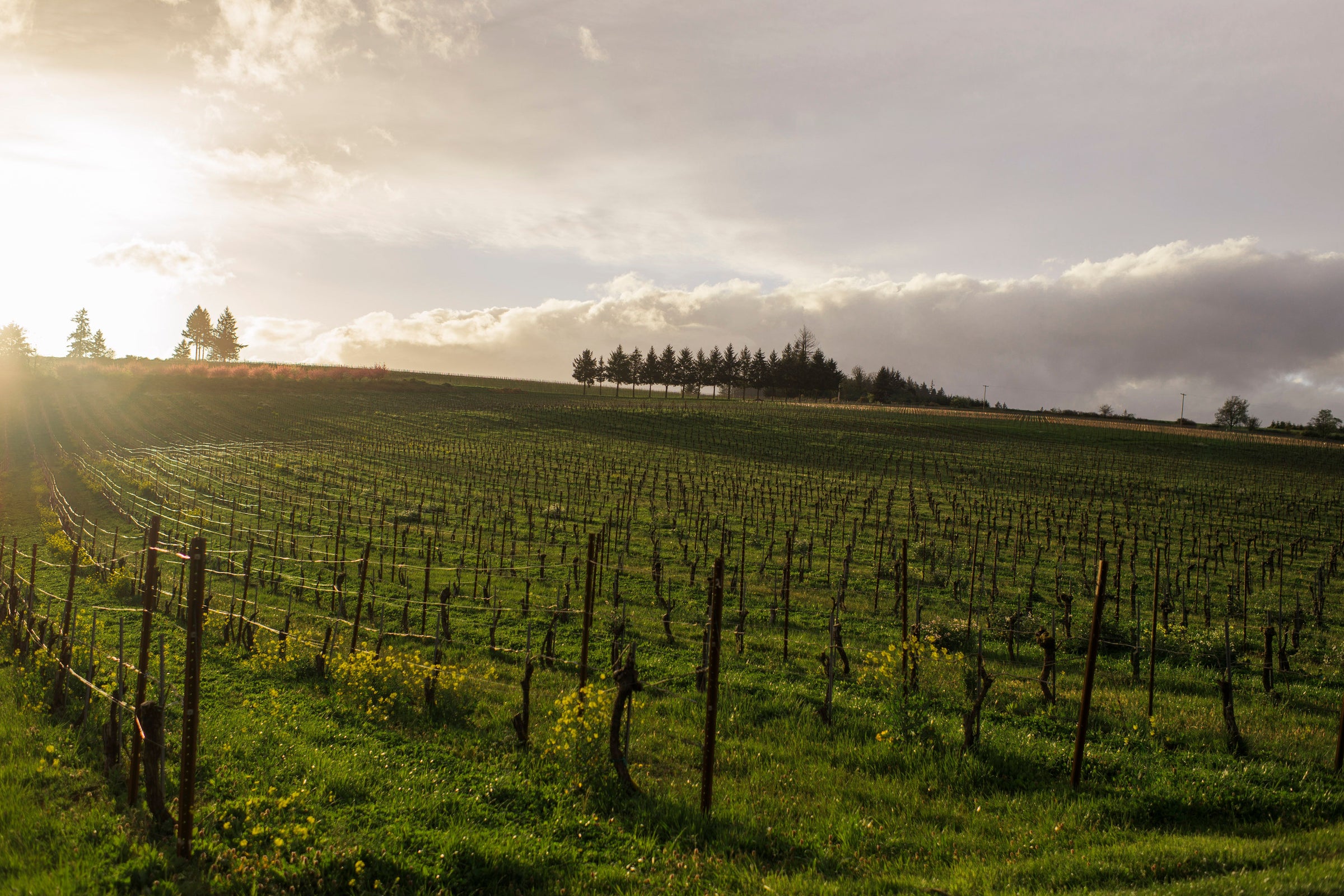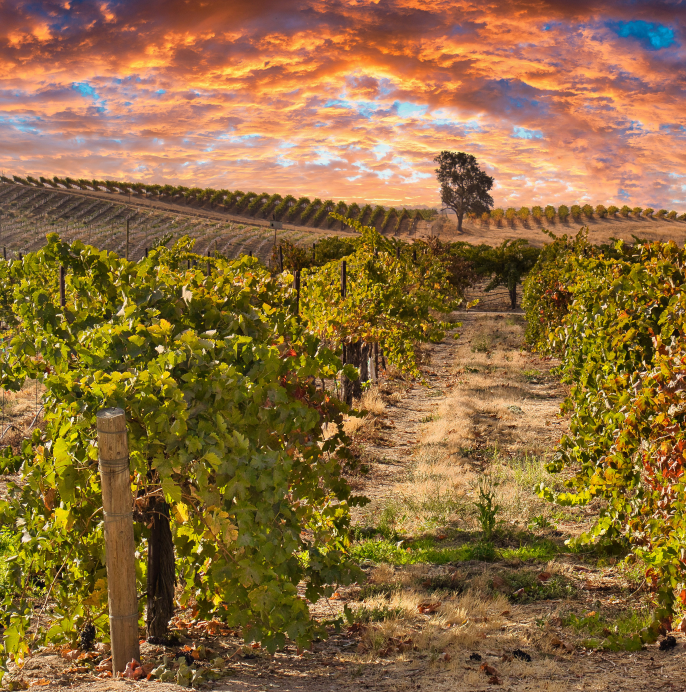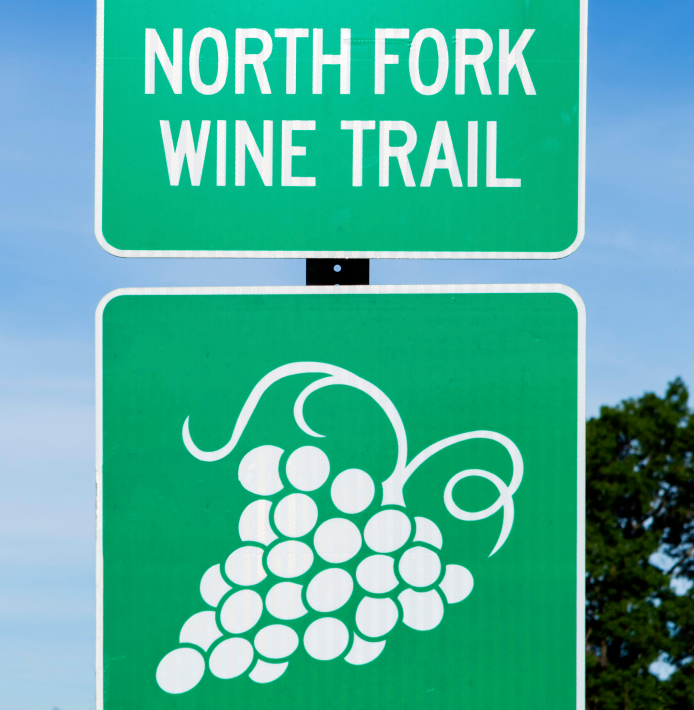If you’ve been paying attention, you’ll notice that we’re capping off 2021 with some show-stopping varietal reds from grapes normally relegated to blending duty. First it was Petite Sirah, now it’s Petit Verdot, and let me be clear—it’s not sentiment or quirk driving these selections, but rather fascination and respect. The same could be said for Michael Kennedy’s Component Wine Company: Showcasing also-ran Bordeaux varieties like Petit Verdot is its raison d’être.
Put another way, Kennedy is a micro-négociant who takes “component” varieties and places them on center stage, in this case, a 100% Petit Verdot sourced from Napa Valley’s iconic Seavey Vineyard. Kennedy launched Component with two barrels of Petit Verdot in 2013, and has continued to explore the intricacies of single varieties from select vineyards across the Napa Valley. Acquiring Petit Verdot from Seavey is an impressive “get,” one of many Kennedy has pulled off over the years, and he does the vineyard justice with a wine that leaves you asking: Why don’t more people make a varietal Petit Verdot? Malbec, another supporting-cast Bordeaux variety, has achieved individual stardom. Is Petit Verdot next? Component makes a convincing case!
Before creating Component Wine Co., which focuses not just on varietal wines from Napa Valley but Bordeaux as well, Michael Kennedy was a sommelier who managed wine programs for Ritz-Carlton resorts. And it is just like a sommelier to create a wine brand whose aim is to provide an immersive, educational experience. “How can you discuss the influence of Petit Verdot in a great blend,” Kennedy writes, “without knowing it intimately first?” With this question in mind, he cultivated some impressive vineyard sources for his component varieties. In the Napa Valley, these include not just Seavey but the Yount Mill Vineyard; Pritchard Hill; Caldwell Vineyard in Coombsville (where the Component operation is now based); and Monte Rosso Vineyard in Sonoma.
Having offered Seavey wines many times here on SommSelect, and having walked the property myself, I can vouch for the specialness of this site: As you leave the manicured confines of St. Helena, one of Napa Valley’s more upmarket villages, and wind your way up Conn Valley Road toward Seavey Vineyard, it’s like entering a time warp. The thickly wooded hillsides, dotted with old barns, are more sparsely planted with vineyards than the valley floor below. William and Mary Seavey originally purchased the property in 1979, when it was a cattle ranch, eventually developing about 40 acres of vineyards in the volcanic foothills of the Vaca Mountains. Given the setting and the soil, I was expecting an inky, tannic bruiser of a Petit Verdot—not the silky, supple beauty inside this sleek Component bottle.
The “petit” in Petit Verdot refers not to its flavor but its berries, which are small and thick-skinned—usually resulting in a dark, hearty, tannic red wine. I’d say that Component’s 2019 is all those things, but also polished, voluptuous, floral, mineral, and a few other things besides. In the glass, it’s an opaque ruby-black moving to a magenta rim, with heady aromas of black plum, black cherry, lilacs, violets, cacao nibs, warm spice, and dark, humid soil. It is full-bodied without being excessively dense, and while it was aged in 80% new French oak, the first impressions are of fruit and earth. Structurally, this wine should age well for a least a decade and likely more, but there’s plenty of enjoyment to be had right now: Decant it 30-45 minutes before serving in large Bordeaux stems at 60 degrees and pair it with something decadent. I’ll ask again: Why aren’t more people making varietal Petit Verdot? It’s delicious!
